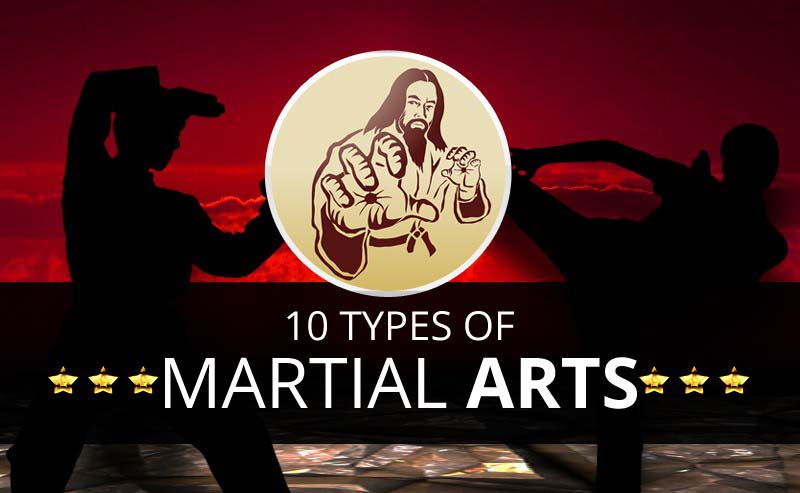Standard Martial Arts Vs. Modern Fight Sports: Understanding The Trick Distinctions
Standard Martial Arts Vs. Modern Fight Sports: Understanding The Trick Distinctions
Blog Article
Published By-Skovbjerg Snedker
When you think of martial arts, do you lean much more toward the standard methods or the modern-day battle sporting activities? Each course supplies distinct benefits and experiences, formed by their approaches and training methods. Conventional martial arts emphasize personal development and technique, while modern-day fight sporting activities concentrate on competition and efficiency. Understanding these distinctions can assist you in selecting the appropriate approach for your journey. But just how do these distinctions materialize in training and ideology?
The Philosophy and Background Behind Standard Martial arts
While many individuals link martial arts with physical combat, the viewpoint and background behind traditional martial arts run much deeper. You'll find that these self-controls highlight individual development, technique, and regard.
Stemming from old techniques, traditional martial arts were frequently created for Self-Defense and spiritual growth. They personify principles such as equilibrium, harmony, and self-control, assisting specialists past plain combating abilities.
As you train, you'll not just discover methods but also gain insights into the culture and values that shaped these arts. The routines and practices, frequently passed down through generations, promote a feeling of area and belonging.
The Competitive Nature of Modern Battle Sports
Modern fight sporting activities have changed the landscape of martial arts right into a highly affordable arena, where professional athletes challenge in an examination of ability, approach, and endurance.
You'll discover that competitors are commonly arranged with rigorous guidelines and policies, guaranteeing fair game and security. These events attract big target markets, sustaining the exhilaration and strength of matchups.
Athletes train carefully, not just for physical prowess yet additionally for psychological sturdiness, recognizing that every detail counts in the ring. The adrenaline thrill throughout competitors is palpable, as boxers press their restrictions to declare triumph.
Fans value the athleticism and artistry included, making modern battle sports a thrilling phenomenon that remains to develop and mesmerize enthusiasts around the globe.
Training Methods and Methods: A Comparative Analysis
The affordable environment of contemporary battle sporting activities needs innovative training techniques that vary dramatically from traditional martial arts.
In modern-day training, you'll concentrate on details techniques, competing, and conditioning, often using drills that imitate actual fight circumstances. You'll see a focus on quantifiable efficiency and frequent competition to analyze your abilities.
In what's the best martial art to use on a kid , traditional martial arts focus on types, katas, and philosophical trainings, usually stressing technique and regard over competition.
Training is normally less extreme and may involve repeated practice instead of real-time sparring.
While both approaches build ability and health and fitness, modern-day fight sports provide an extra vibrant and adaptable training environment, preparing you for prompt obstacles in the ring or cage.
Choose the course that straightens with your objectives and passions.
Final thought
In choosing between conventional martial arts and modern-day fight sporting activities, it truly boils down to what you value many. If you're looking for individual growth, discipline, and a sense of area, standard arts might be your ideal fit. Yet if how old to start kids in martial arts flourish on competitors and real-time challenges, contemporary combat sports could be the way to go. Ultimately, both paths supply distinct advantages, so it's everything about aligning your training with your individual goals and rate of interests.
